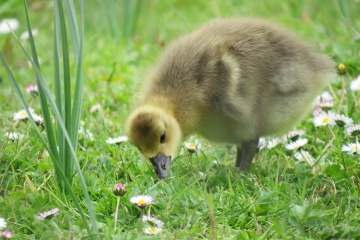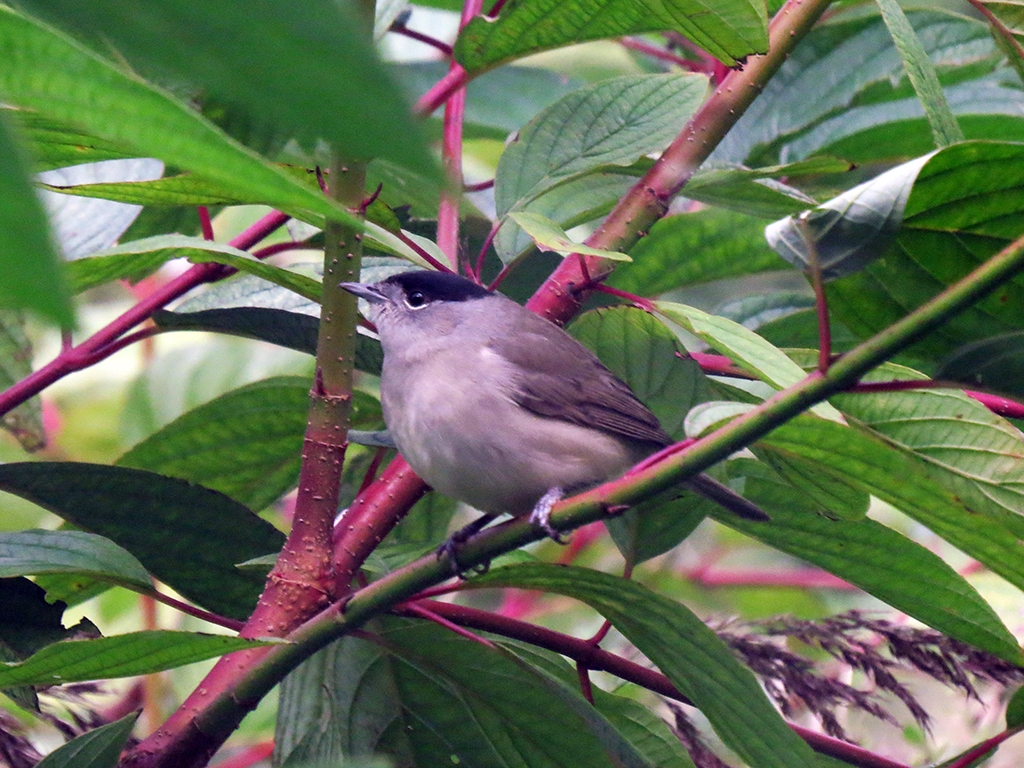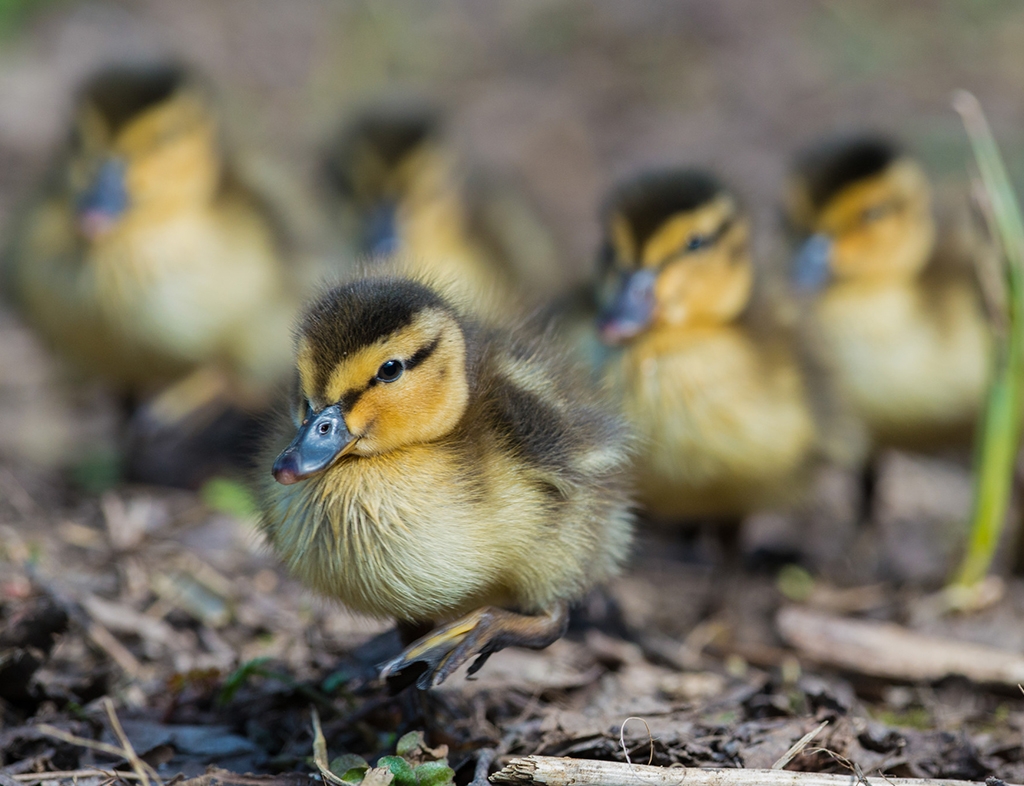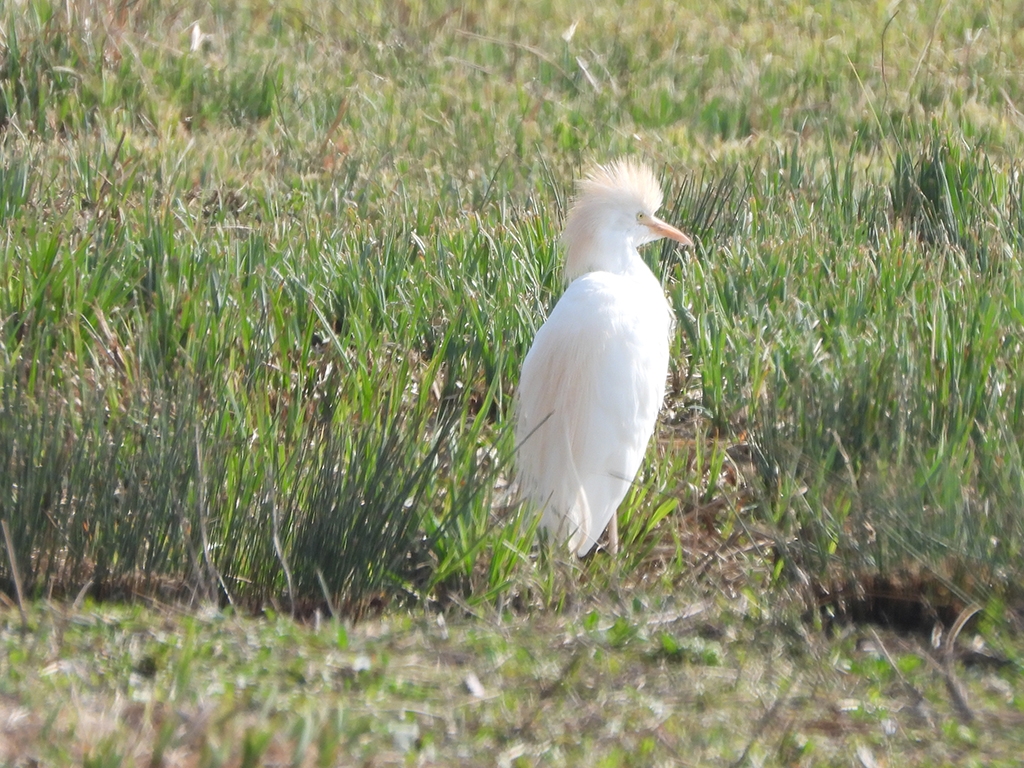Jack snipe, sparrow hawk & cheeky shrews
While working on cutting and clearing what the cattle didn’t eat this summer on the Wet Grassland between Lapwing hide and the Sand Martin hide I watched a pair of stonechats perching up then swooping down to pick up insects from our fresh cutting. We also flushed up a jack snipe, identifiable by its quiet, low and short flight away. The jack snipe also waited until we were 2-3 metres away to flush where common snipe spook more easily, and fly straight up while calling out, and fly higher and further away.
Thanks Romney Turner for the stonechat photo.
Around the site I spotted a kingfisher on the ditch beside the long path. The kingfisher was perched above two little grebes on the water. When the little grebes dived, flushing the fish, the kingfisher was swooping down to catch one! I counted five little grebes on Arun Riverlife lagoon and the long ditch.
Also on the ditch last week I saw a huge pike about three foot long. It had managed to ingest half a very long eel which was protruding from its mouth. Three days later both pike and eel were still in the ditch in a similar state but I haven’t spotted them since. If the pike got that eel down that should sort him out for food for a while.
A sparrow hawk has noticed that the pied wagtail have been flocking up then roosting in the reedbed in the evening. The wagtails gather in the trees and many perch on the roof of the visitors centre. A female sparrow hawk was swooping over the roof lst Sunday and perched on the rails outside the cafe window!
We are seeing six marsh harriers coming into roost in the late afternoons currently Warden Suzi Lanaway will do a harrier survey this Sunday so watch this space. The young female kestrel is still around the site, perching in the car park and on the Wetlands Discovery owl box. We are seeing barn owl activity in the Lapwing hide and in the Wetland Secrets building.
Our keepers have spotted some cheeky water shrews helping themselves to the grain in the lunch bowl of the ducks in the Waterfall pen. The water shrews are finding many places to tuck away among the rocks and vegetation inside the exhibit.
While checking the bat boxes I found soprano pips roosting in a few including the box on our staff gate. I found evidence of the brown long-eared bat back in the Sand Martin hide – moth wings littering the floor. I was in the Sand Martin hide checking the artificial nest chambers now that there is no danger of disturbing any sand martins. Seven chambers showed nests with hatchings and one showed an attempt at a second brood! This is very positive news for the nesting bank and a step closer to building a small colony here at Arundel.
by Reserve Manager Paul Stevens



